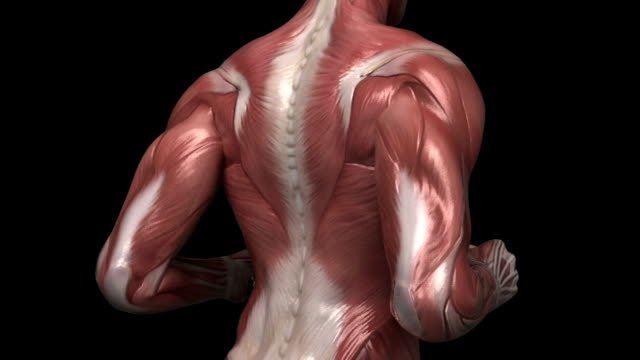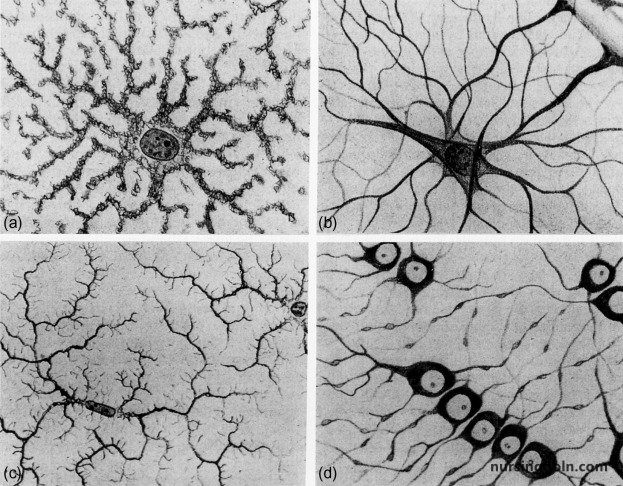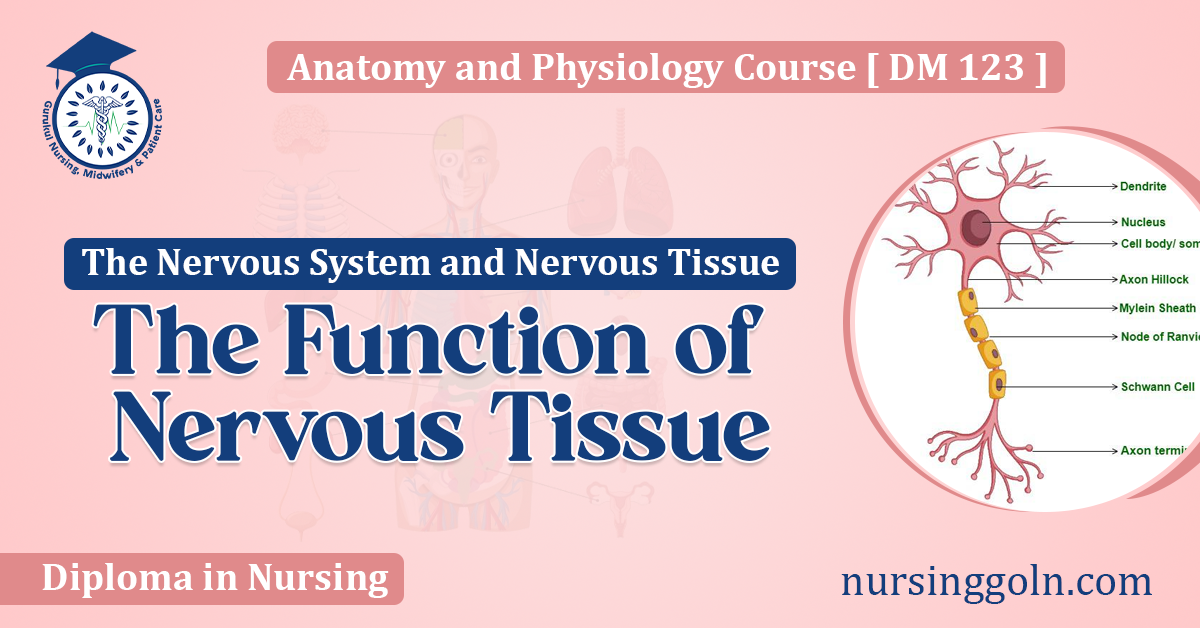Today our topic of discussion is ” The Function of Nervous Tissue “. The human body is a magnificent machine, comprising of numerous systems working together to maintain homeostasis and ensure our survival. One of the most intricate and fascinating of these systems is the nervous system, which relies on the specialized structure and function of nervous tissue. This article delves into the role and importance of nervous tissue in the broader context of the nervous system.

The Function of Nervous Tissue: The Nervous System and Nervous Tissue
1. Introduction to Nervous Tissue
At the cellular level, nervous tissue consists predominantly of two main cell types: neurons and neuroglial cells.
Neurons are the primary functional units, responsible for transmitting electrical impulses. Each neuron has a cell body containing its nucleus, dendrites that receive signals, and an axon that transmits signals.
Neuroglial cells, or simply glial cells, outnumber neurons and serve supportive functions. These include providing nutrients, protection, and structure, as well as modulating the neuronal environment.
2. The Organization of the Nervous System
The nervous system can be broadly categorized into two parts: the central nervous system (CNS) and the peripheral nervous system (PNS).
- Central Nervous System (CNS): Comprising the brain and spinal cord, the CNS is the main control center, processing and integrating sensory information and coordinating bodily functions.
- Peripheral Nervous System (PNS): Consisting of all the nerves outside the CNS, the PNS connects the CNS to the rest of the body, including limbs and organs.

3. The Role of Nervous Tissue in Signal Transmission
One of the core functions of nervous tissue is the transmission of signals. This occurs as follows:
- Signal Reception: Dendrites of neurons receive stimuli, which might originate from sensory organs or other neurons.
- Signal Transmission: Once a threshold is met, the neuron fires an action potential. This electrical impulse travels down the axon to its end.
- Signal Transmission to Other Cells: At the end of the axon, the electrical signal triggers the release of neurotransmitters into the synapse, a tiny gap between neurons. These chemicals bind to receptors on the next neuron, instigating a new action potential in that neuron.

4. The Importance of Myelin
Many axons in the nervous system are wrapped in a fatty substance called myelin. Produced by glial cells (oligodendrocytes in the CNS and Schwann cells in the PNS), this sheath serves multiple functions:
- Speeds up the transmission of electrical impulses.
- Provides insulation, preventing interference between neighboring neurons.
- Aids in the repair of axons.
5. Neuroglial Cells and their Supportive Roles
Besides the myelin-producing oligodendrocytes and Schwann cells, there are other crucial glial cells:
- Astrocytes (CNS): These star-shaped cells play roles in nutrient supply, ion balance maintenance, and repair of the CNS.
- Microglia (CNS): They function as macrophages, clearing away dead cells and other debris.
- Ependymal Cells (CNS): They produce cerebrospinal fluid, which cushions the brain and spinal cord.

6. The Nervous Tissue’s Role in Information Integration
Beyond mere transmission, the nervous system is adept at integrating information. The CNS, packed with intricate networks of neurons, processes received signals, making decisions, and initiating responses. This integration capability enables complex tasks, from interpreting visual stimuli and generating thoughts to motor coordination.
7. Plasticity and Repair
While neurons have limited regenerative capability, the nervous system exhibits a degree of plasticity. This refers to its ability to adapt and reorganize itself, particularly after injury. Plasticity is facilitated by the formation of new neuronal connections, a process in which glial cells play an essential role.

8. Conclusion
The nervous tissue, through its specialized structure and function, is fundamental to the operations of the nervous system. Neurons, with their signal transmission capabilities, and glial cells, with their supportive roles, collectively ensure that we can perceive our environment, think, move, and even feel. As research progresses, our understanding of nervous tissue continues to grow, holding promise for numerous medical advancements in treating neurological conditions and injuries.
Read more:
